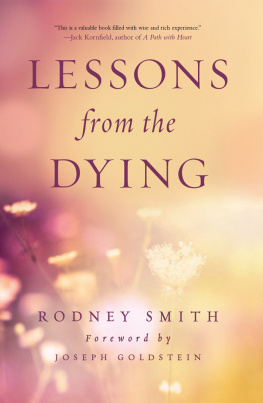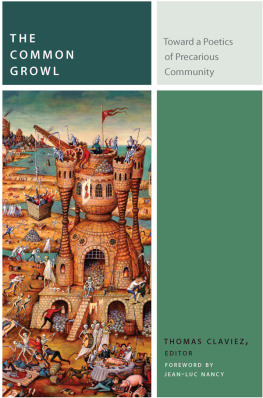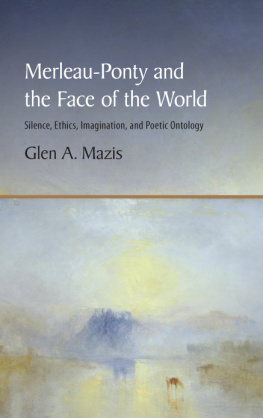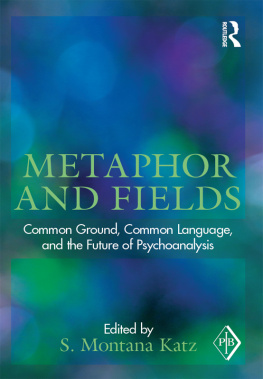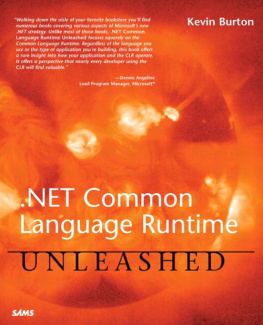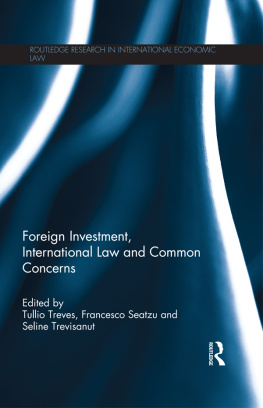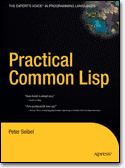THE
Community
OF THOSE
WHO
HAVE
NOTHING
IN COMMON
Studies in Continental Thought
John Sallis, general editor

Consulting Editors
Robert Bernasconi | William L. McBride |
Rudolf Bernet | J. N. Mohanty |
John D. Caputo | Mary Rawlinson |
David Carr | Tom Rockmore |
Edward S. Casey | Calvin O. Schrag |
Hubert L. Dreyfus | Reiner Schrmann |
Don Ihde | Charles E. Scott |
David Farrell Krell | Thomas Sheehan |
Lenore Langsdorf | Robert Sokolowski |
Alphonso Lingis | Bruce W. Wilshire |
David Wood

ALPHONSO LINGIS
THE
Community
OF THOSE
WHO
HAVE
NOTHING
IN COMMON
INDIANA UNIVERSITY PRESS
Bloomington and Indianapolis
1994 by Alphonso Lingis
All rights reserved
No part of this book may be reproduced or utilized in any form or by any means, electronic or mechanical, including photocopying and recording, or by any information storage and retrieval system, without permission in writing from the publisher. The Association of American University Presses Resolution on Permissions constitutes the only exception to this prohibition.
The paper used in this publication meets the minimum requirements of American National Standard for Information SciencesPermanence of Paper for Printed Library Materials, ANSI Z39.48-1984.
Manufactured in the United States of America
Library of Congress Cataloging-in-Publication Data
Lingis, Alphonso, date
The community of those who have nothing in common / Alphonso Lingis.
p. cm. (Studies in Continental thought)
ISBN 0253334381 (alk. paper).
ISBN 0253208521 (pbk. : alk. paper)
1. Man. 2. Reason. 3. Death. I. Title. II. Series.
B945.L4583C66 1994
179.7dc20
9323955
2 3 4 5 99 98
CONTENTS
community is usually conceived as constituted by a number of individuals having something in commona common language, a common conceptual frameworkand building something in common: a nation, a polis, an institution. I started to think of those who are leaving everythingwho are dying. Death comes singularly for each; each one dies alone, Heidegger said. But, in hospitals, I had many hours to think of the necessity, among the living, to accompany those who are dying. Not only is this true of the doctors and nurses, who do all they can, but of the one who goes to stay with the dying one to the end and who stays when there is no longer any healing possiblewho knows in his or her heart he or she has to stay. It is the hardest thing there is, but one knows it is what one has to do. Not only because it is a parent or lover who is dying, someone with whom one has lived ones life; one will stay when, in the next bed or the next room, there is someone one never knew, dying alone.
Is this the critical point of individual morality only? I came to think that a society that would forsake the dying to die alone, whether in hospitals or in the gutters, undermines itself radically.
Is there not a growing conviction, clearer today among innumerable people, that the dying of people with whom we have nothing in commonno racial kinship, no language, no religion, no economic interestsconcerns us? We obscurely feel that our generation is being judged, ultimately, by the abandon of the Cambodians, and Somalians, and the social outcasts in the streets of our own cities.
Coming back from these thoughts, I came to understand that what concerns us in another is precisely his or her othernesswhich appeals to us and contests us when he faces. The essay The Intruder circumscribes this otherness. The essay Faces, Idols, Fetishes explains how real values are not what we have in common, but what individualizes each one and makes him or her other. In The Murmur of the World, I set out to show that language is not simply a code established by convention among humans, that levels our experiences such that they can be treated as equivalent and interchangeable, but that human language has to be seen as arising out of the murmur of natureof animals and finally of all things that are and that resound. In the sonority of our codes we communicate not only with human decoders, but with the chant and the complaint and the cacophony of nature. The Elemental That Faces studies the situation where what is said is inessential; what is essential is that I be there and speak. Carrion Body Carrion Utterance is concerned with torture, which arises in a specific linguistic situation: the victim is being forced to say that all that he or she said and believed is lies, that he or she is incapable of truth. Finally, Community in Death addresses the community one has with the dying.

the other community
from the beginning, philosophical thought, unlike the wisdom of the sages of pre-Socratic Greece, India, Persia, and China, was linked to the cause of building community. The rational form of knowledge produces a common discourse that is integrally one and a new kind of community, a community, in principle, unlimited.
Rational science is not distinguishable from the empirical knowledge of the great sedentary civilizations of India, China, the Mayas, the Incas, or from that of the nomads who have survived for centuries in their often harsh environments, by its content of observations. Claude Lvi-Strauss, in The Savage Mind, showed that the Amazonian Americans had elaborated a representation of their environment that was rigorously empirical. Their procedures scrupulously distinguished effective knowledge from hearsay and approximation. Their identification of the species, properties, and uses of the natural substances and living things of their environment was often far more comprehensive than that now contained in the data of our botany, zoology, and pharmaceutical science. Their representations were equivalent to ours in the exigency for empirical rigor in observation and verification; its realization was limited only by the limits of the region to which they had cognitive access and by the technological limits of their tools for exploring and experimenting. Nor were their bodies of knowledge inferior to our botany, zoology, geology, meteorology, and astronomy in the intrinsic coherence and consistency of their patterns of organization.
What the West calls science is not accumulations of observations but explanatory systems. Edmund Husserl defined the rational will which engendered science and philosophy as the will to give a reason. Reasons are products of thought, and rational knowledge presents itself not as the sum-total of impressions left on individuals by the action of alien forces, but as a constructive work. In what the West calls science, for every batch of observations recorded and sorted, thought seeks to produce a reason. The reason is a more general formulation from which the observations could be deduced. It is what we call an empirical law. Then thought seeks to give a reason for the reason. This is what we call a theory, from which empirical laws could be deduced. Thought seeks to create a theory of all the theories in every branch of scientific research, the Standard Model from which, in high-energy particle physics, the theories of quantum mechanics, radioactivity, and electromagnetism could be derived. Rational science is, Werner Heisenberg wrote, bent on being able to write one single fundamental equation from which the properties of all elementary particles, and therewith the behavior of all matter whatever follow. Philosophy seeks to give reasons for the rational procedures, elaborates theories of the relationship between rational thought and reality, seeks reasons to believe in rational thought.


